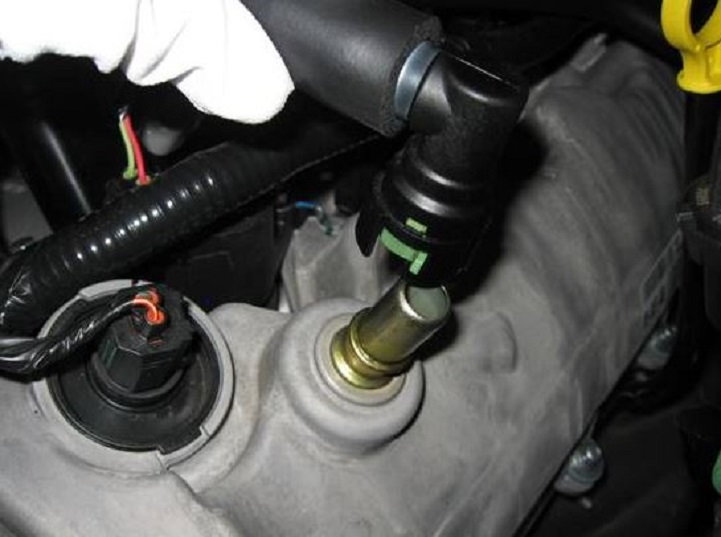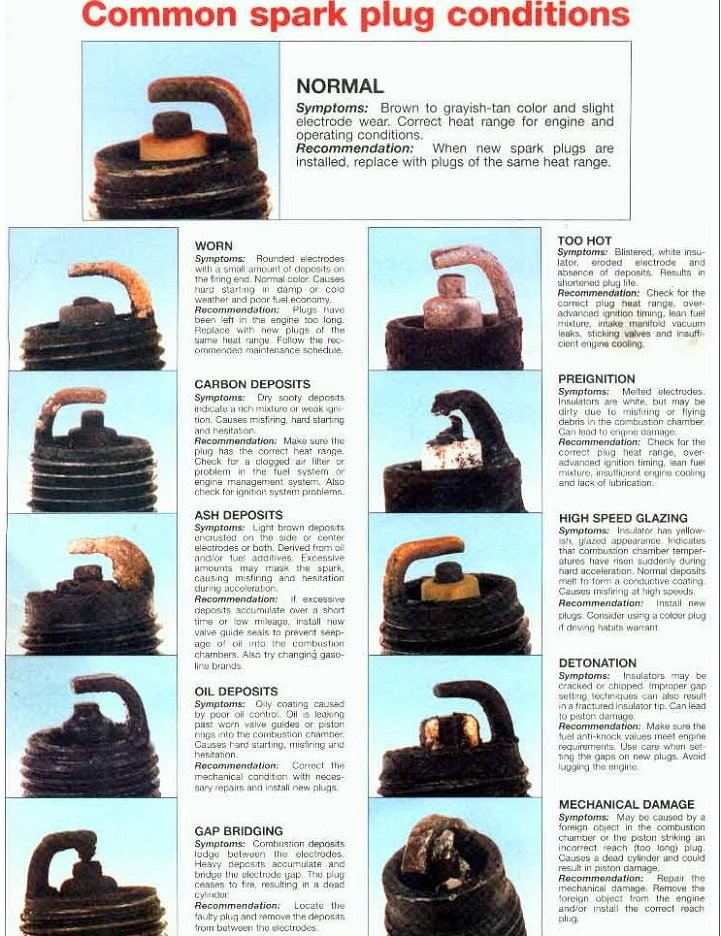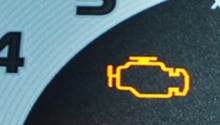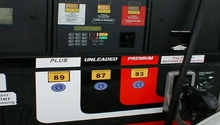Ford Mustang V6 2005-2014: How to Prevent Carbon Buildup in Your Engine
Keep your engine running in peak performance by preventing carbon buildup.
This article applies to the Ford Mustang V6 (2005-2014).
Carbon buildup in your Mustang's engine is probably the most common issue that sucks the performance right out from under your hood. It is also one of the most preventable. There are quite a few things that you can do to keep your car in tip-top shape and help prevent the buildup of this nasty crud. Prevention is the easiest, but remediation can become costly and labor intensive if you let it go unchecked. Here are some things that you can do to prevent carbon buildup from becoming a major headache in your lift.

Materials Needed
- Spark plug socket and ratchet
- Spark plug gap tool
- High quality motor oil
- ECM diagnostic tool
Step 1 – Use the manufacturer's recommended octane level
Most carbon buildup usually starts with bad gas or consistently using a lower octane than what your high-performance engine calls for. Nearly all gasoline manufacturers put additives in their fuel mixtures, some more than others. These additives are designed to help clean out your engine and keep it running in top condition. The quality of gasoline can vary a great deal; however, they all should do just fine at preventing carbon buildup. The real culprit is using the cheaper, lowest octane gas rather than the higher recommended one. Consult your owner's manual and make sure you are using the correct octane level in your car. Lower octane level gasoline can cause delayed or impartial combustion which will leave much more carbon residue behind.

Step 2 – Use a high quality oil in your engine and change it regularly
You will get a thousand different opinions on what type of oil to use in your engine. The important thing to do is always use the correct weight of oil for your car. Although different weights may work, the manufacturer knows which weight works optimally, so stick with that. There are tons of different brands and blends that make just as many claims. All oils do basically the same thing; they suspend dirt and other contaminants while lubricating the moving parts. There are various additives that may do better at one or the other, so use your best judgement. Synthetics generally have a wider operating temperature range than dino oils, which mean they break down much slower because they generally run cooler. This may be to your advantage if you are one who regularly stretches the time between oil changes. You can save yourself a considerable amount of money by using the cheaper dino oils and changing it out more frequently.

Step 3 – Try to avoid numerous short trips
All those short trips to the corner store can create an environment in your engine that is very conducive to carbon buildup. When your engine doesn't get up to the full operating temperature range, the cooler environment doesn't evaporate all the moisture that builds up from sitting idle. It also doesn't get fully hot enough to burn off any contaminants. This can lead to a buildup of carbon deposits. Try combining the numerous short trips into less frequent, but longer running trips. Try to take the highway rather than surface streets occasionally to get the RPMs up there and maintain them for a while. This will help keep your engine hot enough to burn off some of this buildup.

Step 4 – Replace your PCV valve
The PCV valve seated in your engine is a relatively innocuous piece of equipment that has a major role in the efficient operation of your engine. When you release your gas pedal, such as when stopping for a light, the PCV valve creates a suction that pulls burnt and dirty oil vapors out of your crankcase. When the PCV valve is dirty or just plain shot, this vapor has no place to go and is a major contributor to carbon buildup. This PCV valve is extremely cheap and just as easy to replace. It takes all but five minutes to swap it out with a new one, which is great insurance at keeping your engine clean and running at peak performance.

Step 5 – Make sure you have good spark plugs
Bad spark plugs that misfire or fail altogether do not allow the proper combustion in the cylinders. Make sure your spark plugs are in good working order and gapped correctly. A gap tool is necessary for this and costs a few pennies from your local auto supply store. Check the condition of the plugs by pulling them out and look for extremely wet and oily or overly burnt and dry conditions. Replace if needed. Replacing the plugs on these engines is a relatively simple task that requires only a special spark plug socket and a little time. This will work wonders at keeping your engine firing optimally.

Step 6 – Have your ECM checked
With direct inject engines, carbon buildup often occurs on the backside of the valves. Mustangs aren't as prone to this condition as many other manufacturers' vehicles are. Just by design, the injectors spray fuel right into the cylinders instead of behind the intake valves. The additives in gasoline that help clean the engine don't ever hit behind the valves, and no amount of fuel treatment you may add to your tank will resolve the problem. The root cause for buildup in this situation is from bad valve timing which is controlled by the engine's brain or ECM. Occasionally, the ECM requires software updates to keep the valve timing properly in tune. This is likely the job of a professional, but you can purchase or possibly rent the special diagnostic tools needed to update the software. This requires some mechanical and computer know-how, so if you are at all unsure about the process, take it to a pro to do this; the dealership is probably your best option.

Related Discussions
- Will Using Synthetic Oil Prevent Carbon Buildup in My Engine? - MustangForums.com
- Fuel Additives - MustangForums.com






